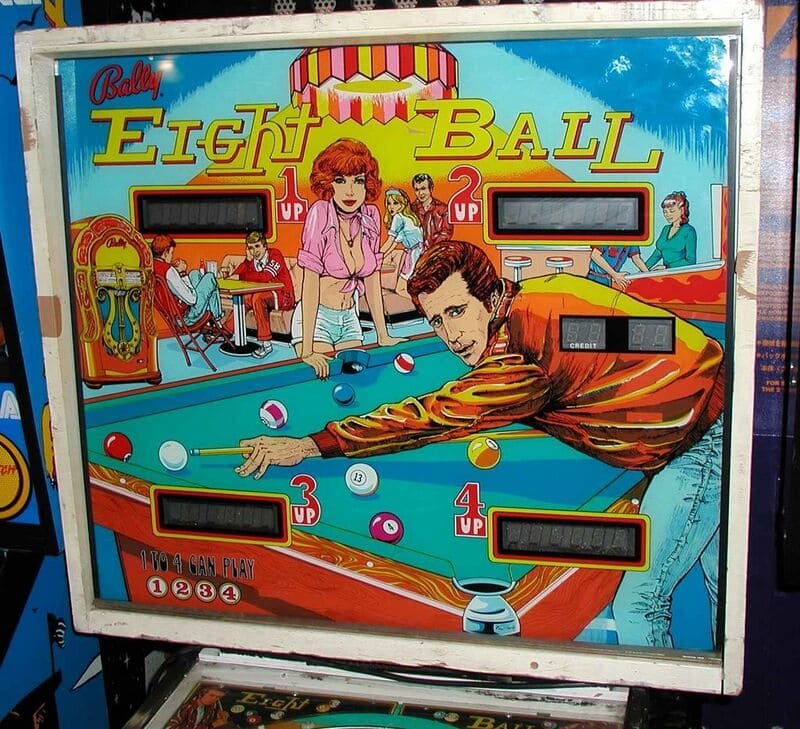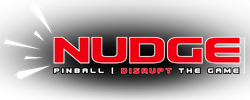Looking back at the best-selling pinball machines, we can see that the great era is long gone, covering several generations of machines from the late 70s to the early 90s. We tend to think of the golden age of pinball as the 1990s, but that’s a mistake from a strictly business perspective. More pinballs were sold in the 1970s!
The sales boom is probably due to a combination of factors:
- the end of the pinball ban in several American states in 1976, including New York
- modernization with the switch to digital screens and computer-encoded game rules
- the emergence of arcades that combined arcade and pinball machines
But let’s shorten this intro to give you the information you’re waiting for.
Sommaire
The top 10 best-selling pinball machines
Here is the list of the best selling pinball machines in history:
- The Addams Family (21,270 units in 1992, with 1,000 Gold Editions produced in a second run to celebrate the sales record)
- Eight Ball (20,230 units, 1977)
- Flash (19,505 units, 1978)
- Playboy (18,250 units, 1978)
- Firepower (17,410 units, 1980)
- High Speed (17,080 units, 1986)
- KISS (17,000 units, 1979)
- Star Trek (16,842 units, 1979)
- Mata Hari (16,260 units, 1978)
- Captain Fantastic and the Dirt Brown Cowboy (16,155 units, 1976)

The 1970s: the pinball explosion
What does this list tell us? That 8 of the 10 best-selling pinball machines were released between 1976 and 1980. This was the period when pinball machines traded in their old number rolls for digital screens. Apart from Captain Fantastic, the other best-sellers were electronic. The technological novelty clearly boosted sales.


The 80s: the transition era
The 1980s were more difficult, especially due to the video game crisis in 1983, which took part of the pinball market with it. That’s why this top 10 list includes only one model from that decade: High Speed. This model brought several technological innovations, the most important of which was its System 11 software and the alphanumeric screen it controlled, which would be used by Williams for several years.
To be precise: an alphanumeric screen allows to display numbers and letters, while the previous ones only displayed numbers. This evolution, which seems anecdotal, allows the player to display instructions, and thus to make the game mechanics more complex.

The 90’s: the rise and fall of pinball
Greatness, certainly, because the “tables” produced at that time include the best, most original and most appreciated pinball machines. And decadence because the end of the decade saw the disappearance of all the major manufacturers, leaving only Stern Pinball at the dawn of the 21st century.
As a swan song, the industry produced the best-selling pinball machine of all time in 1992: The Addams Family, designed by Pat Lawlor. But as you can see, this was a one-off; no other pinball machine of this generation has come close to 20,000 units, or even exceeded 15,000.

Since 2000: small volumes
The 2000s represent the low point in the history of pinball. With only one manufacturer left and a dying distribution network, the challenge was to hold on, not to break records.
The 2010s saw the market wake up and volumes swell. But production remained below 5,000 units for one model, even if you add up the different versions (Pro, Premium, Limited Edition at Stern for example).
So there is no production that equals that of a pinball, even a moderately successful one, from the 1975-1995 period.
And tomorrow, will the record be broken?
If the market remains driven by home use, hope is slim because the target is narrow. What part of the population has the space, the money and the desire to have a pinball machine at home? Not enough people, in all objectivity.
The only hope would be to see the rebirth of public places with machines. And barcades have been flourishing in the United States for several years. Imagine a place where you can eat hamburgers or other very healthy food, in an atmosphere between a pub and a bowling alley, with a line-up of several pinball machines. It makes you want to go there, doesn’t it?
We keep our fingers crossed to see the concept develop worldwide.

